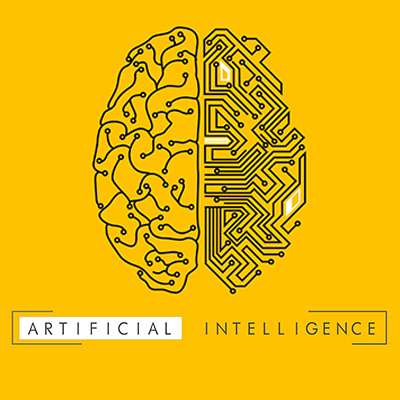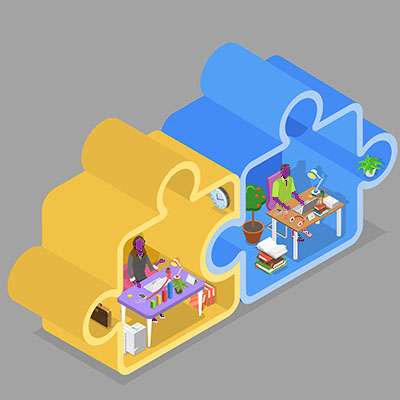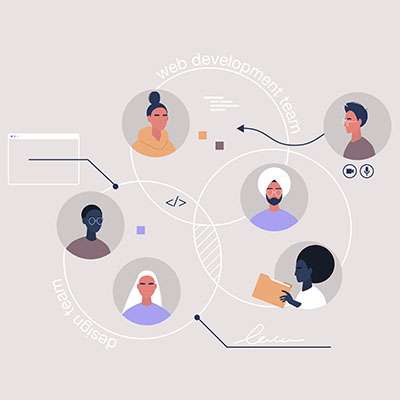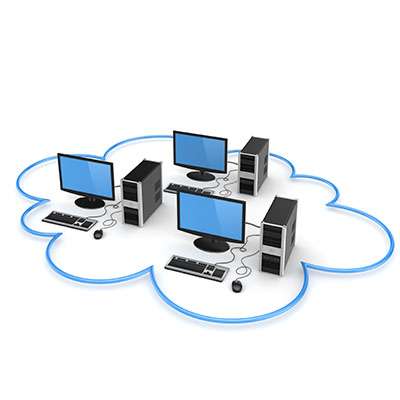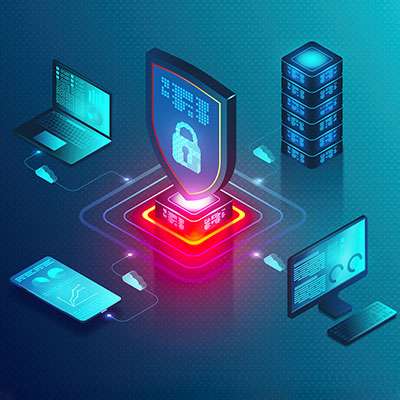Every office has that one employee that doesn’t seem to care that they are working in a room with other people. You know the type: They have day-old food on their desk, there are papers and other unnecessary items strewn about the desktop, things are sticky and smell strange. The funny part is they seem comfortable with that mess. Listed below are the benefits of keeping your workspace clean.
Macro Systems Blog
Meetings are a common hold-up for getting things done in the office, an idea that is certainly not unfounded. Research supports the premise that meetings impact productivity. Consider what the numbers say and how you can work to ensure meetings don’t influence your organization’s productivity in a negative way.
Cloud computing is turning into a tool that is universally utilized by businesses to enhance remote access and provide the scalability for tools that allow a business to get the best bang for their buck. How does modern cloud computing work and why does it have such a huge potential benefit for your organization?
AI has been a popular topic in recent months and years, which only makes sense. Not only has it been used in more public applications, but it has also caused controversy as it seems to “compete” with people. Back in September, art made by using an artificially intelligent platform caused a stir by winning an art competition, and workplace fears of a computer taking one’s job have seemingly become more well-founded than ever.
Most people are capable of productivity, but sometimes it can come a bit harder for some than for others. If you find your staff have difficulty with consistency and productivity, we aren’t here to tell you methods for enhancing their productivity; rather, we want to introduce a concept that is often overlooked when trying to get the most out of your team, and is a trait often found in the most productive people. That trait is patience.
For many years now, there’s been a bit of a fear of artificial intelligence (AI) in the workplace, all while it has been put into practical use more and more often in many businesses. This all ties back to the work of Alan Turing, who, amongst his accomplishments in computing, created the Turing Test as a means of gauging how intelligent a computer is.
Have you ever gotten a message that just makes your heart sink in your chest? Chances are good that your team members feel that way whenever you send them a particular message, especially during certain times. Below we consider why this may be the case, and how you can better manage your communications to more effectively communicate with your team.
As Miguel de Cervantes wrote in Don Quixote, “...is the part of a wise man to keep himself today for tomorrow, and not venture all his eggs in one basket.” It was wise advice then, and it’s wise advice today, especially when it comes to your business’ network and your data security.
Below we explore the concept of network segmentation, and how it can help to protect your organization.
Whether we like it or not, remote work is not going anywhere, and now that employees have gotten a taste of what it feels like to work remotely, more are eager to do so than ever before. Unfortunately, the reality is that employers are eventually going to want their employees to return to the office in at least some capacity. How can employers do this without upsetting employees too much? The answer lies in a hybrid work environment.
Many businesses, seeking to balance the positives brought by remote work to the value that in-person, face-to-face operations provide, have leaned into hybrid work practices. This has led to many reconsidering how their office space is set up. How are these considerations shaping the modern workplace?
When you virtualize a software solution, you are basically storing it in an online environment where it can live. In other words, it remains in the cloud and is accessed via the Internet. This approach is helpful for many businesses, so why not flip this concept on its head and give hardware virtualization a shot? You might find that virtual workstations, for example, offer many benefits that can help your business be more productive and efficient.
You may or may not have already made the transition back to the office, and this especially applies more to those who haven’t yet. That being said, even those who have may find some utility here, specifically in determining if a push to a full return to office was the right move.
Let’s explore how modern employees may react to the news that remote work will no longer be an option.
Being a manager is a far different experience than being an employee. So, when you promote one of your team members to this position—or perhaps you’ve recently been promoted to management yourself—it is critical that a few practices are incorporated into their new workflow. Let’s go over these practices, and how the right IT can help.
The workspace is consistently changing these days, with remote work being commonplace, along with resignations in the face of a return to the office becoming more of a regular occurrence. Employees want more control over their work schedule so they can balance their personal responsibilities with their professional. A shorter workweek might be the key to making this happen.





